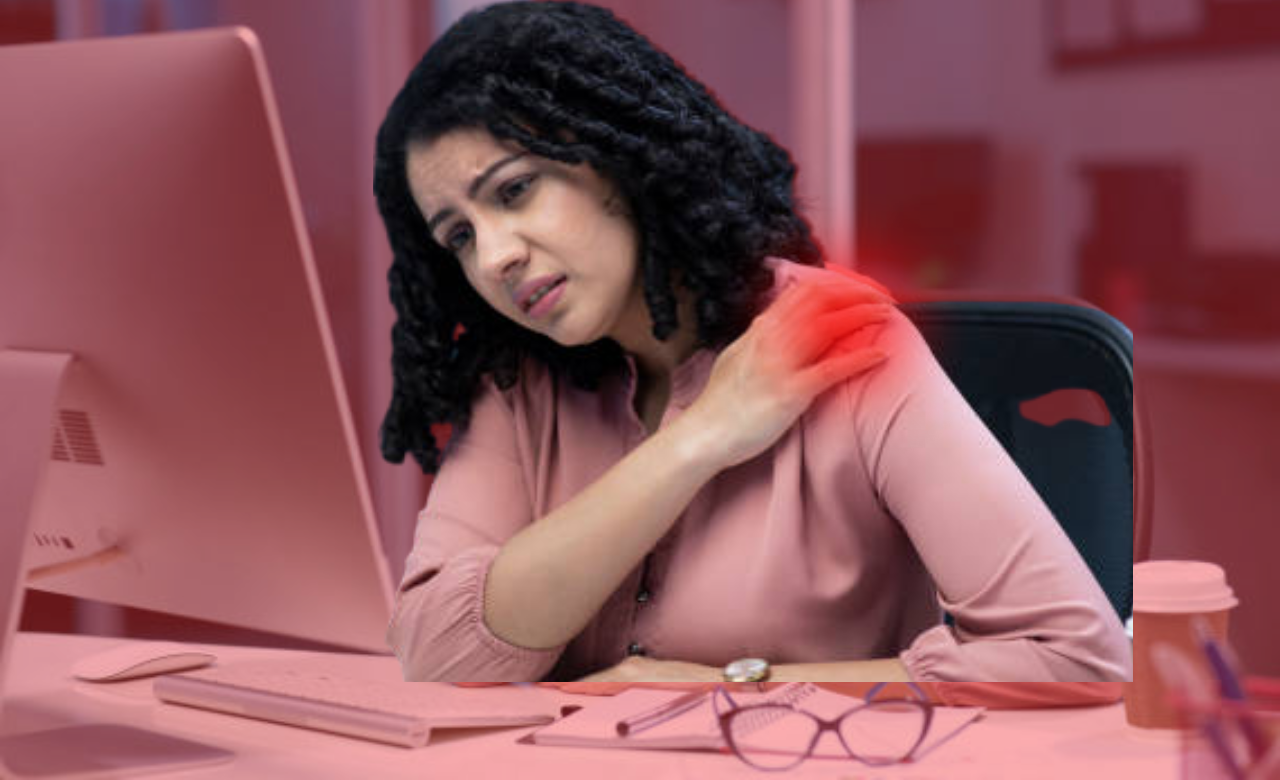Gaming Shoulder To Laptop Hip: Why Gen Z's Bones Are Paying The Price For Increased Screen Time

Credits: Health and me
SummaryGen Z faces new-age musculoskeletal injuries like “gaming shoulder” and “laptop hip” due to prolonged screen use, poor posture, and lifestyle habits, raising early risks of joint pain and postural issues.
End of Article
